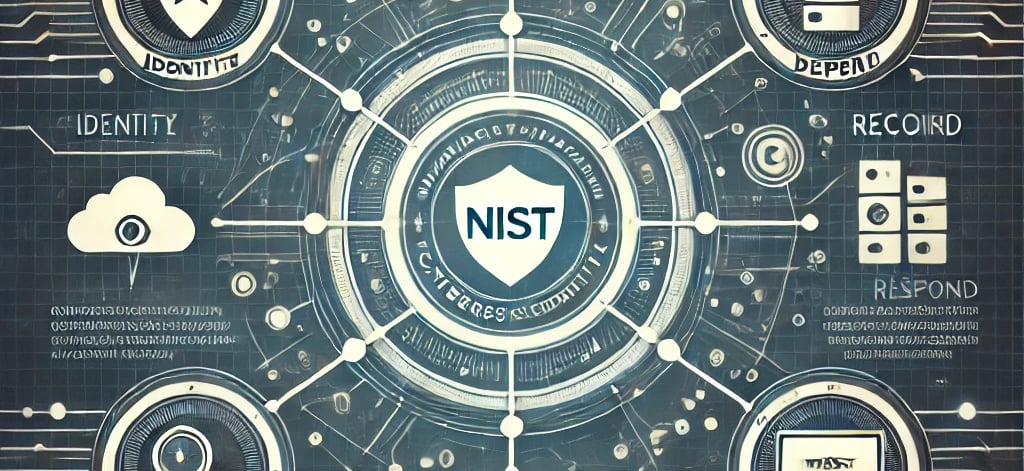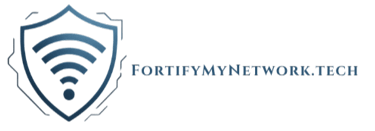Understanding the Key Components of the NIST Cybersecurity Framework
Learn about the NIST Cybersecurity Framework and its five core functions: Identify, Protect, Detect, Respond, and Recover. Discover how businesses can use this framework to enhance their cybersecurity posture and safeguard critical assets.
Jay F. Caraballo
1/11/20251 min read
Key Components of the NIST Cybersecurity Framework
Core
The Framework Core is a set of cybersecurity activities, desired outcomes, and references, organized into five high-level functions:Identify: Understand your organization's systems, assets, data, and risks.
Asset management
Business environment
Governance
Risk assessment
Supply chain risk management
Protect: Implement safeguards to secure critical systems and data.
Access control
Awareness and training
Data security
Information protection processes and procedures
Maintenance
Protective technology
Detect: Establish mechanisms to identify cybersecurity incidents.
Anomalies and events
Security continuous monitoring
Detection processes
Respond: Develop plans to respond to detected cybersecurity events.
Response planning
Communications
Analysis
Mitigation
Improvements
Recover: Develop strategies to restore operations after a cybersecurity event.
Recovery planning
Improvements
Communications
Implementation Tiers
The framework provides four tiers to guide organizations in implementing cybersecurity practices:Tier 1: Partial: Ad hoc and reactive practices; limited awareness of cybersecurity risks.
Tier 2: Risk-Informed: Practices are approved and informed by organizational risk objectives.
Tier 3: Repeatable: Practices are consistently implemented and improved upon.
Tier 4: Adaptive: Practices are highly integrated, proactive, and optimized.
Profiles
Profiles represent the alignment of the Framework Core with organizational goals, objectives, and resources. A current profile shows the organization’s current cybersecurity state, while a target profile reflects its desired state.
Benefits of the NIST Cybersecurity Framework
Common Language: Provides a standardized approach to communicate cybersecurity risks and strategies across stakeholders.
Customizable: Can be tailored to fit organizations of any size, industry, or maturity level.
Improved Risk Management: Enhances understanding and management of cybersecurity risks.
Compliance Support: Helps organizations align with other standards and regulations (e.g., ISO 27001, GDPR, HIPAA).
Continuous Improvement: Encourages regular assessments and enhancements of cybersecurity practices.
How Organizations Use the NIST CSF
Assess Current State: Evaluate existing cybersecurity practices against the framework.
Set Goals: Define a target profile for desired cybersecurity outcomes.
Prioritize Actions: Identify gaps and prioritize improvements based on risk and resources.
Implement Changes: Apply safeguards, policies, and processes to close gaps.
Monitor and Review: Continuously monitor and reassess to maintain a strong cybersecurity posture.
Applicability of NIST CSF
The NIST Cybersecurity Framework is used widely across industries, including:
Government
Healthcare
Finance
Energy
Small and medium-sized businesses (SMBs)
It is voluntary but increasingly recognized as a best-practice approach to managing cybersecurity risks.


Cyber security
Protecting systems against evolving cybersecurity threats.
Contact
Solutions
jaycaraballo@fortifymynetwork.tech
© 2024. All rights reserved.


